Home>Furniture & Design>Outdoor Furniture>How To Repair Outdoor Cement Statues
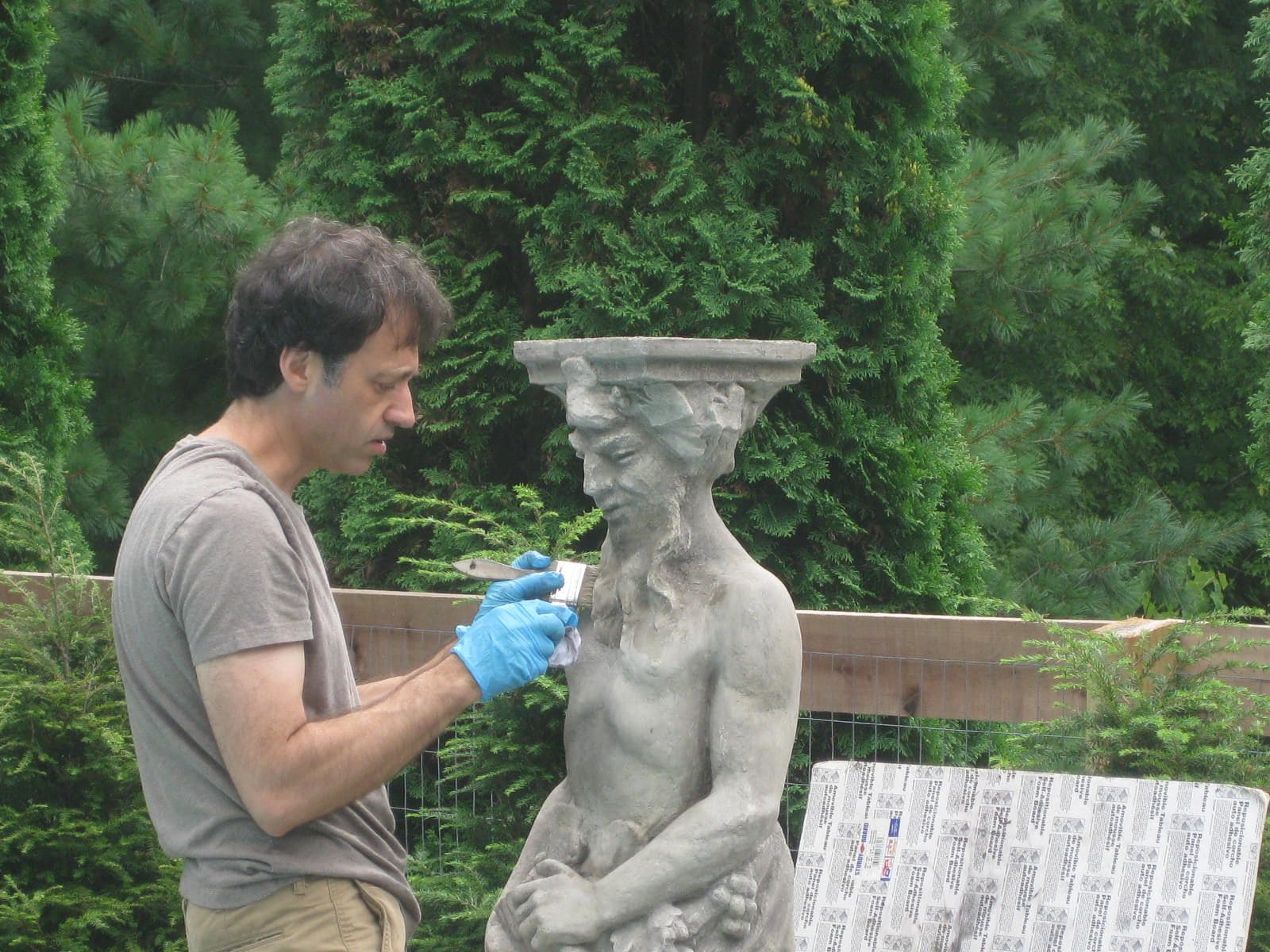

Outdoor Furniture
How To Repair Outdoor Cement Statues
Published: January 12, 2024
Learn how to repair outdoor cement statues and bring back their original beauty with our expert tips and techniques. Restore your outdoor furniture and design with our step-by-step guide.
(Many of the links in this article redirect to a specific reviewed product. Your purchase of these products through affiliate links helps to generate commission for Storables.com, at no extra cost. Learn more)
Introduction
Maintaining outdoor cement statues is essential to preserve their beauty and prolong their lifespan. Over time, exposure to the elements can cause wear and tear, resulting in cracks, chips, and a weathered appearance. However, with the right knowledge and techniques, it's possible to restore these statues to their former glory.
In this comprehensive guide, we will explore the step-by-step process of repairing and reviving outdoor cement statues. Whether it's a cherished family heirloom, a decorative garden ornament, or a religious symbol, these statues hold sentimental and aesthetic value. By learning how to assess, clean, repair, repaint, and seal these statues, you can ensure that they remain stunning focal points in your outdoor space for years to come.
Let's embark on this journey to discover the art of rejuvenating outdoor cement statues, breathing new life into these timeless pieces of art. Whether you're a seasoned DIY enthusiast or a newcomer to the world of outdoor furniture and design, this guide will equip you with the knowledge and skills needed to undertake this rewarding restoration process. So, roll up your sleeves, gather your materials, and let's dive into the fascinating world of outdoor cement statue repair and maintenance.
Key Takeaways:
- Revive outdoor cement statues by assessing, cleaning, repairing, repainting, and sealing. Preserve their sentimental and aesthetic value for generations to come.
- Embrace the art of restoration to breathe new life into timeless outdoor cement statues, becoming a steward of history and beauty.
Read more: What Paint To Use On Outdoor Cement Statues
Assessing the Damage
Before embarking on the repair process, it’s crucial to carefully assess the condition of the outdoor cement statue. Start by conducting a thorough visual inspection, taking note of any visible cracks, chips, discoloration, or signs of weathering. Additionally, gently tap the surface of the statue to identify any hollow or loose areas that may indicate underlying damage.
Next, consider the location of the statue. Is it situated in a high-traffic area where it’s more susceptible to accidental damage? Or is it exposed to harsh weather conditions, such as intense sunlight, heavy rain, or freezing temperatures? Understanding the environmental factors at play will help determine the level of restoration required.
It’s also important to inspect the structural integrity of the statue. Are there any significant cracks that compromise its stability? Are there areas where the cement has eroded, resulting in thin or fragile sections? By evaluating these aspects, you can prioritize the areas that require immediate attention and plan the necessary repair techniques accordingly.
Furthermore, consider the significance of the statue. Is it a valuable antique, a sentimental keepsake, or a decorative element that contributes to the overall ambiance of your outdoor space? Understanding the emotional and aesthetic value of the statue will influence the level of detail and effort you invest in the restoration process.
By thoroughly assessing the damage and considering these key factors, you’ll gain a comprehensive understanding of the restoration requirements. This initial step sets the stage for the subsequent cleaning, repair, and maintenance procedures, ensuring that the restoration efforts are tailored to the specific needs of the outdoor cement statue.
Cleaning the Statue
Before commencing any repair work, it’s essential to thoroughly clean the outdoor cement statue to remove dirt, grime, and any residual debris. This initial cleaning not only enhances the statue’s appearance but also provides a clean surface for subsequent repair and painting processes.
Begin by gently brushing the statue with a soft-bristled brush or a dry cloth to remove loose dirt and debris. Take care to avoid using abrasive materials that could scratch or further damage the surface of the statue. Once the loose particles have been removed, prepare a cleaning solution by mixing mild dish soap or a specialized concrete cleaner with water.
Using a soft sponge or cloth, gently apply the cleaning solution to the entire surface of the statue, working in small sections. Pay particular attention to areas with stubborn stains or discoloration. For intricate details or hard-to-reach areas, a soft-bristled brush can be used to ensure thorough cleaning.
After applying the cleaning solution, rinse the statue with clean water to remove any soapy residue. A garden hose with a gentle spray attachment is ideal for this purpose. Take care not to use high-pressure water, as it may damage the cement surface or force water into existing cracks, exacerbating the damage.
Once the statue has been rinsed, allow it to air dry completely before proceeding with the repair process. This ensures that the cement surface is free from moisture, allowing for optimal adhesion of repair materials and paint.
By meticulously cleaning the outdoor cement statue, you create a pristine canvas for the subsequent repair and restoration steps. This foundational cleaning process sets the stage for the revitalization of the statue, preparing it for the transformative repairs and enhancements that lie ahead.
Repairing Cracks and Chips
Addressing cracks and chips in outdoor cement statues is a crucial step in their restoration process. These imperfections not only compromise the visual appeal of the statue but can also lead to further deterioration if left unattended. Fortunately, with the right techniques and materials, it’s possible to effectively repair these blemishes and fortify the structural integrity of the statue.
For hairline cracks, begin by widening the crack slightly using a small chisel or a pointed tool. This allows the repair material to penetrate and bond effectively. Next, prepare a high-quality concrete patching compound according to the manufacturer’s instructions. Apply the compound to the widened crack using a putty knife, ensuring that it fills the entire length of the crack. Smooth the surface of the compound to blend seamlessly with the surrounding area, and allow it to cure as per the product guidelines.
When addressing larger cracks or chips, consider using a two-part epoxy compound designed for concrete repair. Thoroughly clean the damaged area, and then mix the epoxy according to the manufacturer’s instructions. Apply the epoxy to the crack or chip, shaping it to match the contours of the statue. Once the epoxy has cured, sand the repaired area to achieve a smooth and uniform surface that seamlessly integrates with the rest of the statue.
For statues with missing or broken pieces, such as decorative elements or protrusions, consider using a cement adhesive specifically formulated for outdoor use. Carefully reattach the broken pieces, ensuring a secure and precise fit. Once the adhesive has set, any visible seams or gaps can be filled and smoothed with a suitable concrete patching compound to achieve a seamless finish.
After completing the repair work, allow sufficient time for the materials to cure and set before proceeding to the next phase of the restoration process. By diligently addressing cracks and chips, you not only restore the visual appeal of the statue but also reinforce its structural integrity, ensuring that it withstands the test of time in its revitalized state.
To repair outdoor cement statues, use a concrete patching compound to fill in any cracks or holes. Smooth the surface with a trowel and let it dry completely before painting or sealing.
Repainting the Statue
Once the repair work is complete and the cement statue has been thoroughly cleaned and allowed to dry, the next step in the restoration process involves repainting the statue to enhance its aesthetic appeal and protect it from environmental elements.
Before proceeding with the repainting process, carefully inspect the entire surface of the statue to ensure that all repairs have been executed to satisfaction. Any uneven areas resulting from the repair work should be sanded down to create a smooth and uniform surface. Additionally, remove any residual dust or debris from the surface of the statue to facilitate optimal paint adhesion.
Choose a high-quality outdoor paint specifically formulated for use on cement or concrete surfaces. Select colors that complement the statue’s original appearance or opt for a new color scheme to breathe fresh life into the piece. Prior to painting, it’s advisable to apply a suitable concrete primer to the entire surface of the statue. The primer enhances paint adhesion and promotes a long-lasting finish.
When applying the paint, use a high-quality brush suitable for outdoor painting or consider using a paint sprayer for more extensive coverage. Work methodically, starting from the top of the statue and progressing downwards, ensuring even coverage and smooth application. Multiple thin coats of paint are preferable to a single thick coat, as this approach minimizes the risk of drips and ensures a durable and uniform finish.
For statues with intricate details or textured surfaces, consider using small artist brushes to carefully paint these elements, ensuring precision and attention to detail. Take the time to achieve a flawless finish, as the paint serves as both a protective barrier and a visual enhancement for the statue.
Once the paint has dried completely, consider applying a clear sealant specifically designed for outdoor use on cement surfaces. The sealant provides an additional layer of protection, shielding the paint from UV exposure, moisture, and other environmental factors, thereby extending the lifespan of the paint and preserving the statue’s appearance.
By meticulously repainting the outdoor cement statue, you not only rejuvenate its visual allure but also safeguard it against the elements, ensuring that it remains a captivating focal point in your outdoor space for years to come.
Read more: How To Paint Outdoor Statues
Sealing and Maintaining the Statue
After completing the repainting process, the final step in restoring an outdoor cement statue involves sealing the surface to provide long-term protection and implementing a maintenance routine to preserve its beauty and structural integrity.
Choose a high-quality concrete sealer suitable for outdoor use, ensuring that it offers protection against UV exposure, moisture, and general wear and tear. Prior to applying the sealer, thoroughly clean the painted surface of the statue to remove any dust or debris that may have accumulated during the painting process. Allow the statue to dry completely before proceeding with the sealing application.
Using a brush, roller, or sprayer, apply the concrete sealer evenly across the entire surface of the statue, working in small sections to ensure thorough coverage. Pay particular attention to intricate details and textured areas, ensuring that the sealer penetrates and protects all exposed surfaces. Multiple thin coats of sealer may be required to achieve optimal protection, so follow the manufacturer’s guidelines regarding application and drying times.
Once the sealer has dried and cured according to the manufacturer’s recommendations, implement a regular maintenance routine to preserve the statue’s appearance and structural integrity. Periodically inspect the statue for any signs of wear, discoloration, or damage, addressing any issues promptly to prevent further deterioration.
Regularly clean the sealed surface of the statue using a mild detergent and water, gently scrubbing away any accumulated dirt or grime. Avoid using harsh chemicals or abrasive cleaning tools that may compromise the integrity of the sealer or the painted surface. Additionally, consider applying a fresh coat of sealer as part of a periodic maintenance schedule to reinforce the protective barrier and prolong the lifespan of the paint and underlying cement surface.
During the winter months or in regions with extreme weather conditions, consider providing additional protection for the statue by covering it with a breathable, weather-resistant material. This precaution helps safeguard the statue from prolonged exposure to moisture, snow, or ice, minimizing the risk of damage and preserving its appearance for years to come.
By sealing the outdoor cement statue and implementing a consistent maintenance regimen, you ensure that the restoration efforts endure, allowing the statue to remain a cherished and enduring feature in your outdoor space, captivating visitors and enriching the ambiance with its timeless beauty.
Conclusion
Embarking on the journey of repairing and restoring outdoor cement statues is a gratifying endeavor that allows you to breathe new life into these timeless pieces of art. By following the comprehensive steps outlined in this guide, you have acquired the knowledge and skills needed to undertake the restoration process with confidence and precision.
From the initial assessment of damage to the meticulous cleaning, repair, repainting, and sealing processes, each step contributes to the revitalization of the statue, ensuring that it remains a captivating and enduring feature in your outdoor space. As you carefully assess the damage, address cracks and chips, and breathe fresh color and protection into the statue, you infuse it with renewed vitality and visual allure.
Remember that the process of restoring outdoor cement statues is not merely about repairing physical imperfections; it’s also about preserving the sentimental and aesthetic value these statues hold. Whether it’s a cherished family heirloom, a decorative garden ornament, or a religious symbol, each statue carries its own significance and contributes to the ambiance of its surroundings.
As you undertake this restoration journey, you become a steward of these statues, ensuring that they endure for generations to come. Your dedication to the preservation and enhancement of these artful pieces enriches not only your outdoor space but also the stories and memories they embody.
By embracing the art of repairing and maintaining outdoor cement statues, you engage in a timeless tradition of craftsmanship and care, ensuring that these captivating works of art continue to inspire and captivate for years to come. So, as you stand back and admire the revitalized statues adorning your outdoor space, take pride in the transformative journey you’ve undertaken, knowing that you’ve preserved and enhanced a piece of history and beauty for the enjoyment of all who encounter it.
Frequently Asked Questions about How To Repair Outdoor Cement Statues
Was this page helpful?
At Storables.com, we guarantee accurate and reliable information. Our content, validated by Expert Board Contributors, is crafted following stringent Editorial Policies. We're committed to providing you with well-researched, expert-backed insights for all your informational needs.
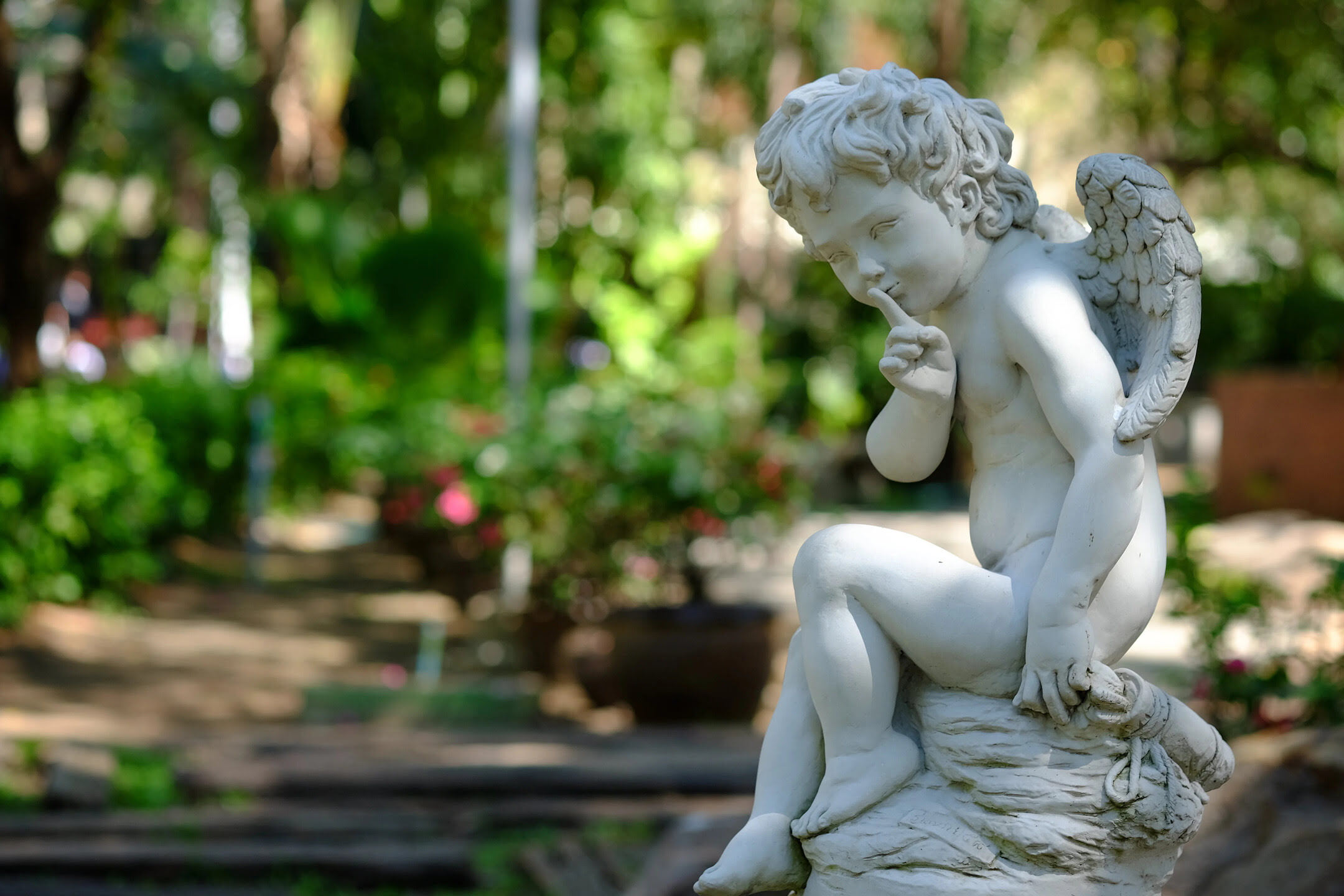
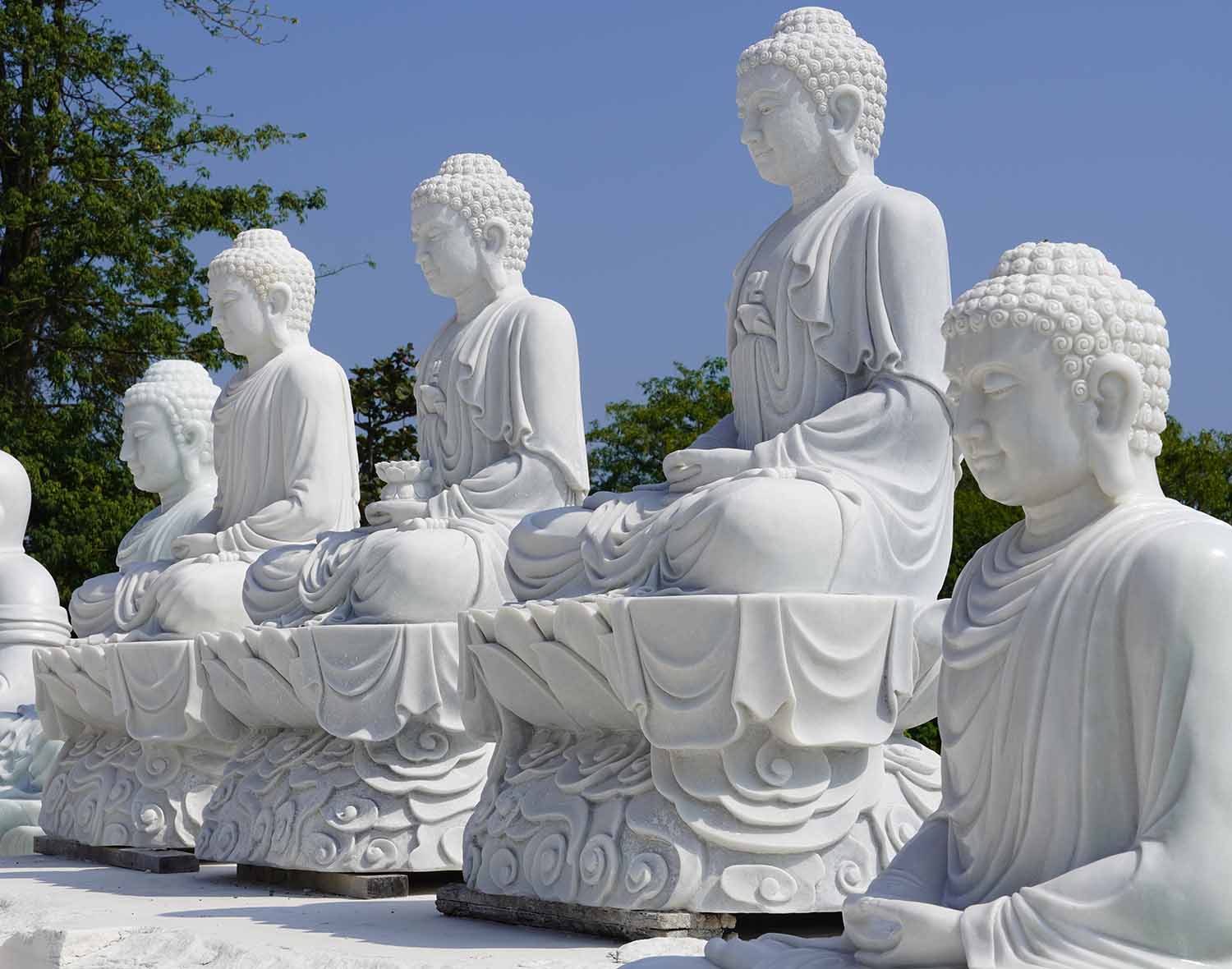

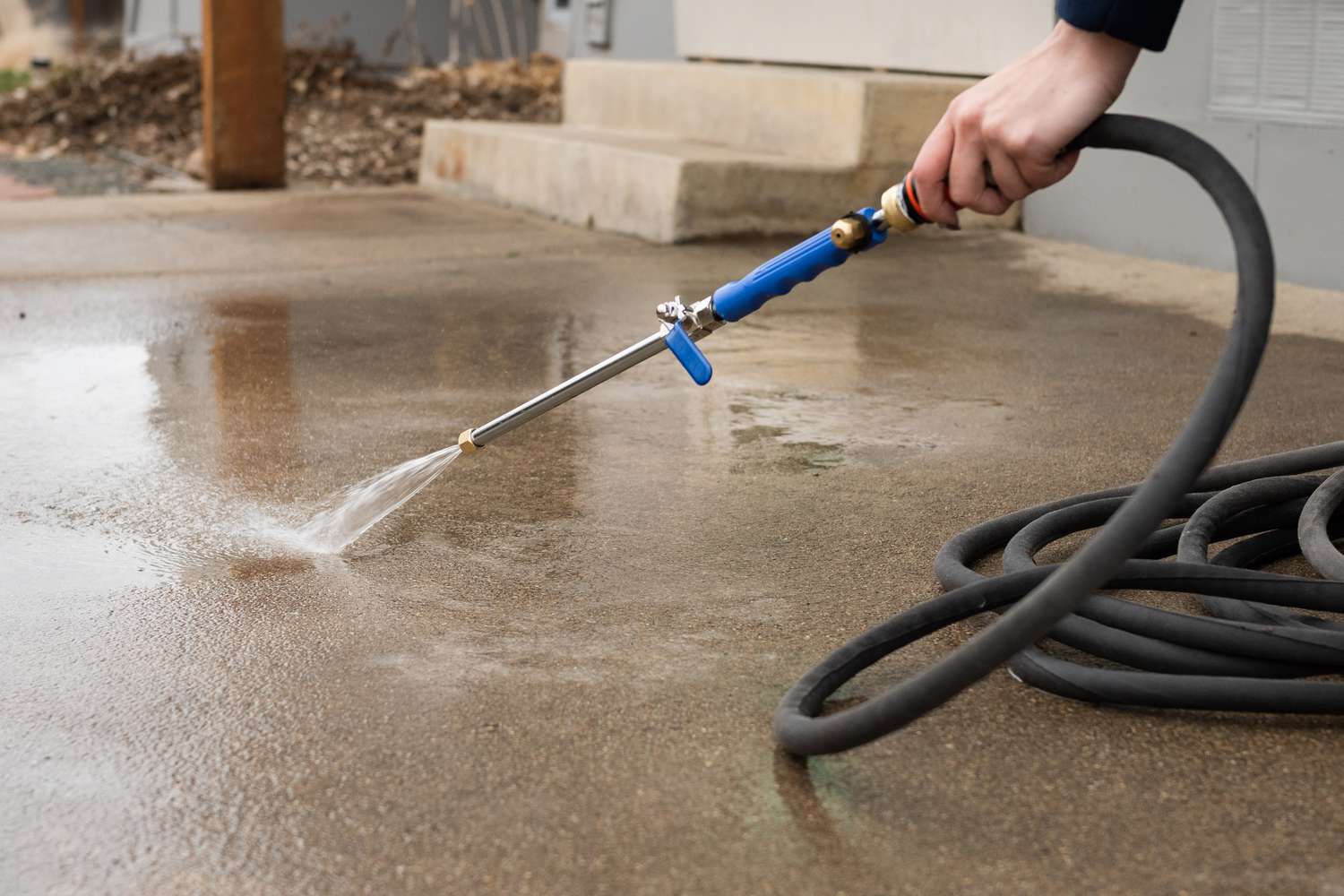
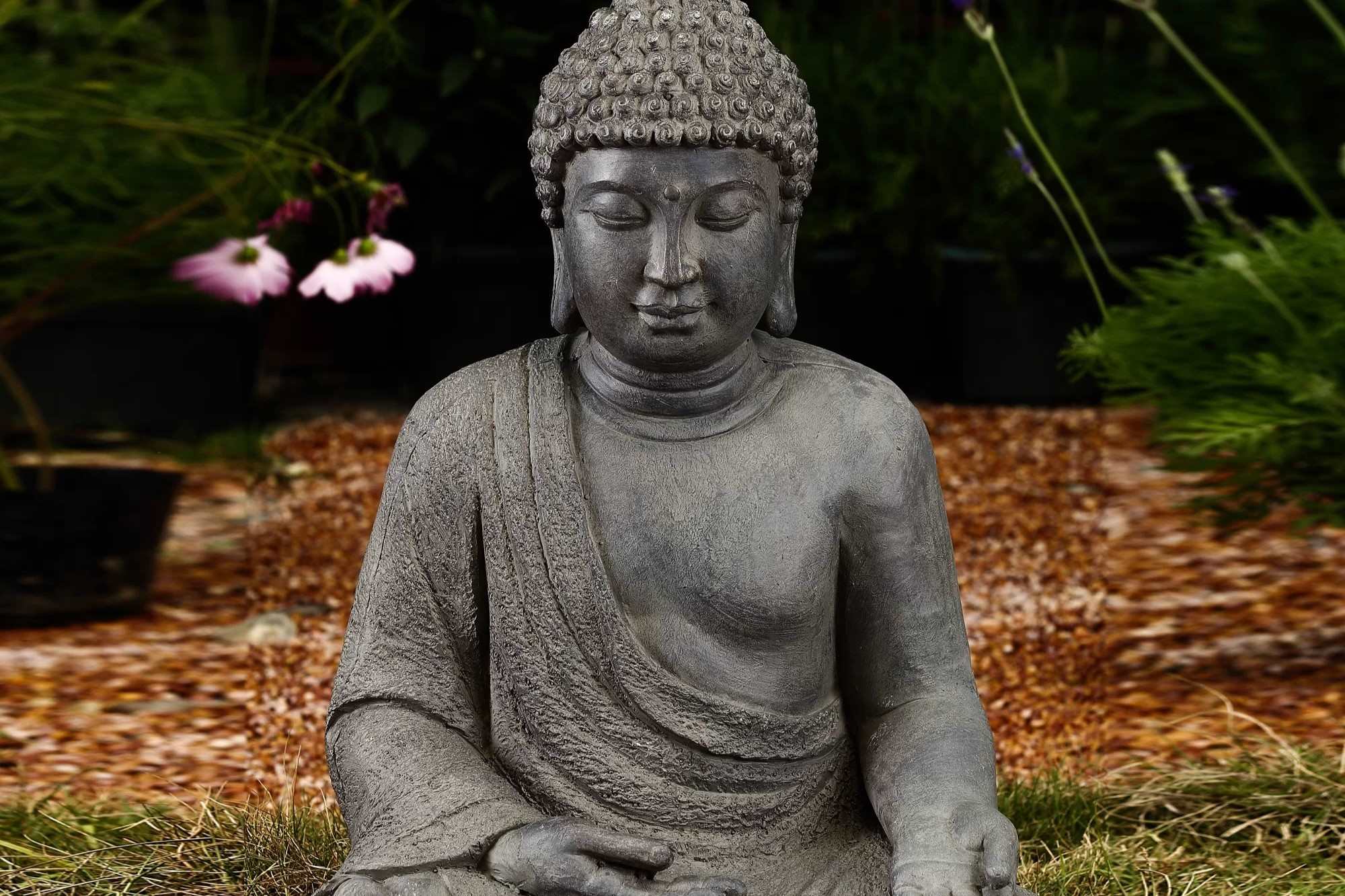
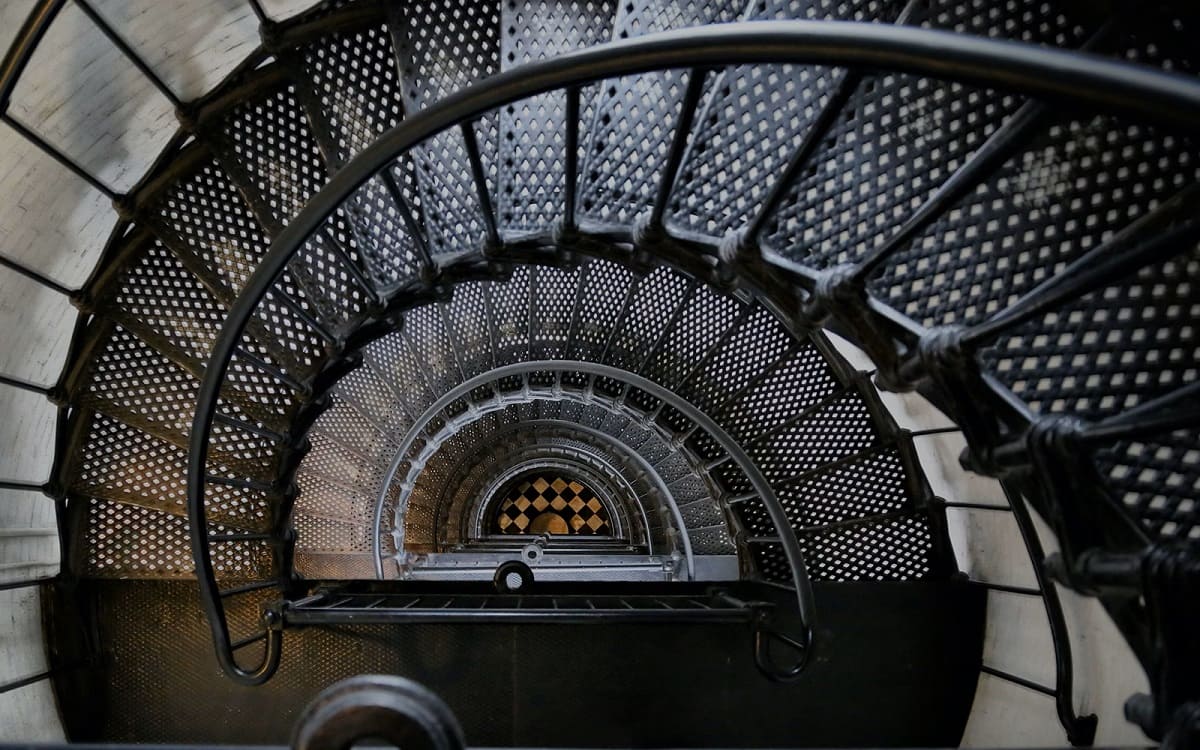
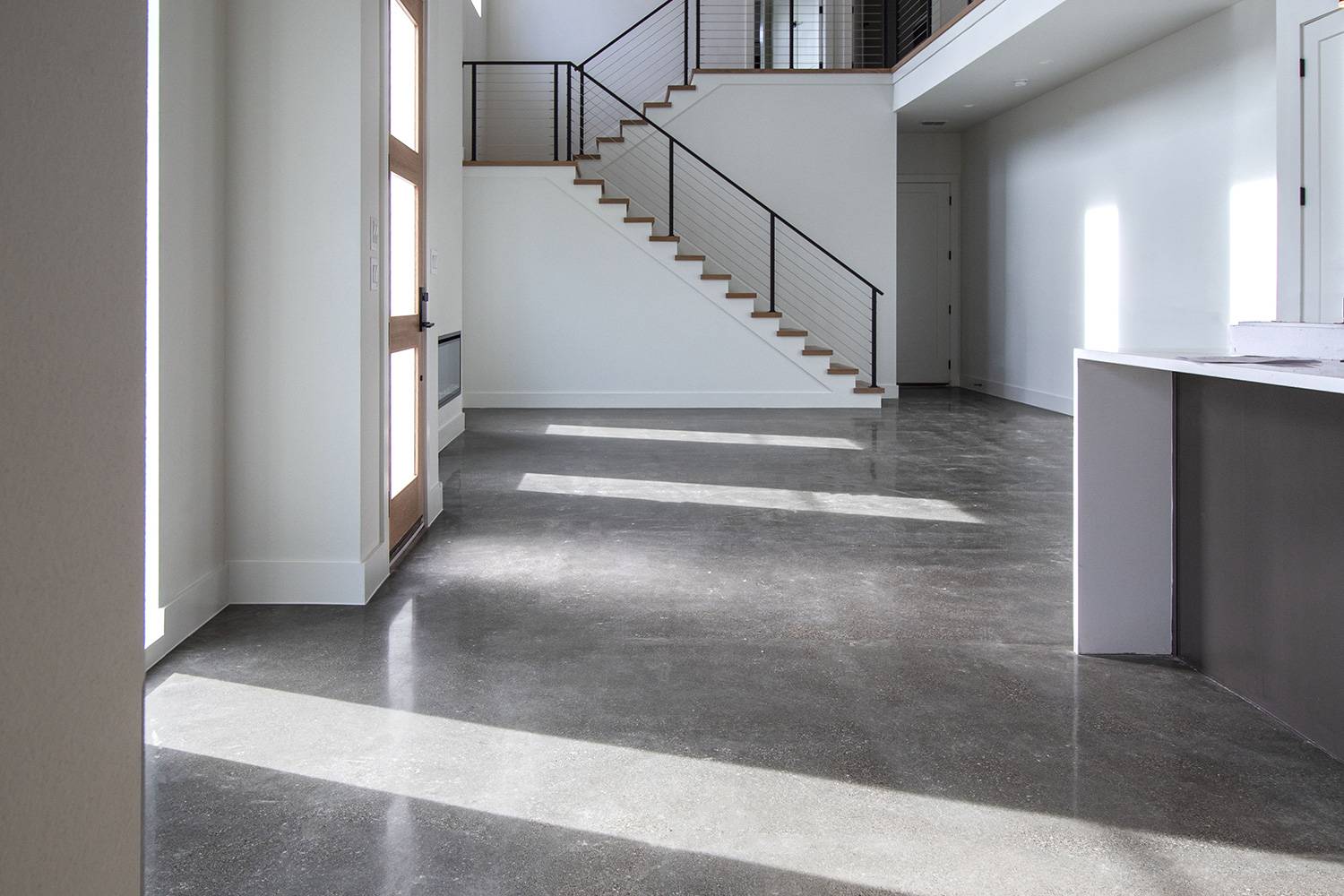
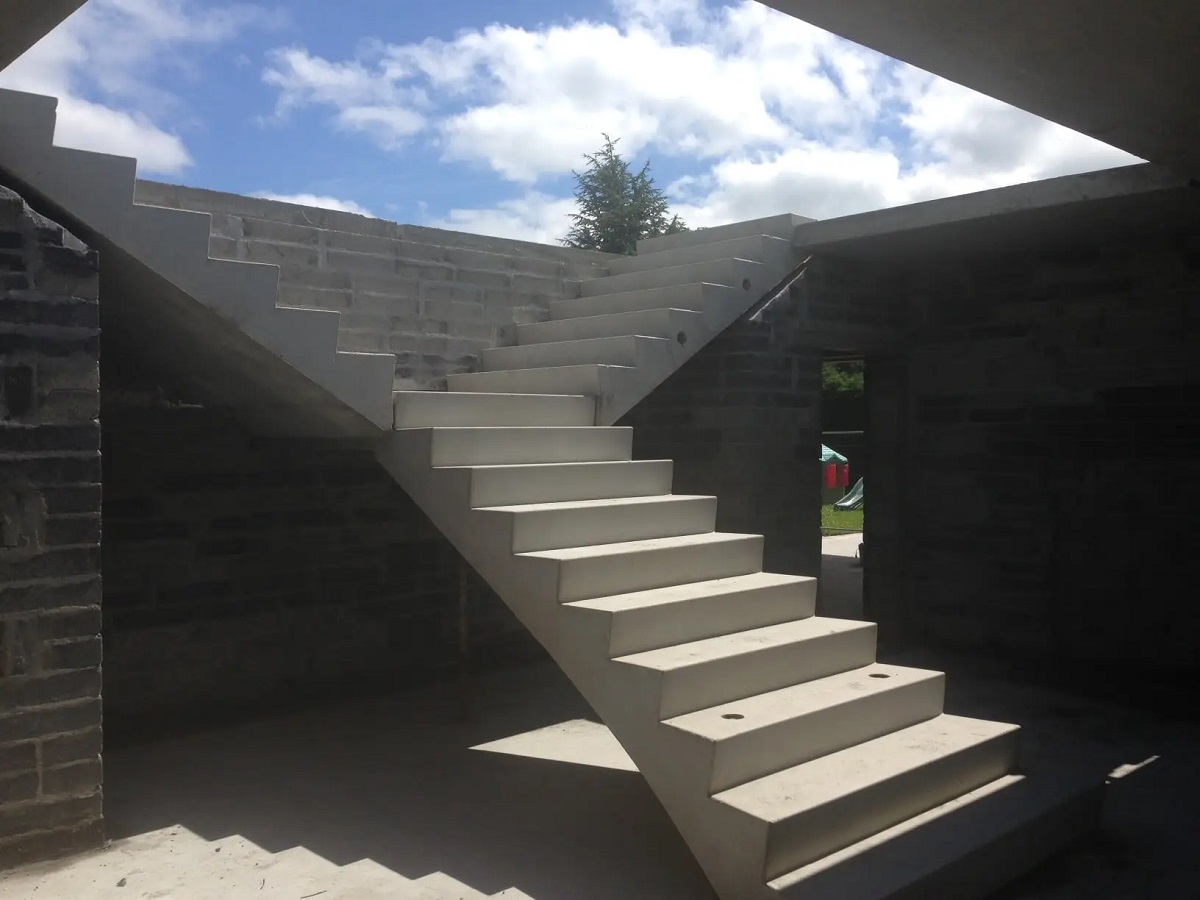
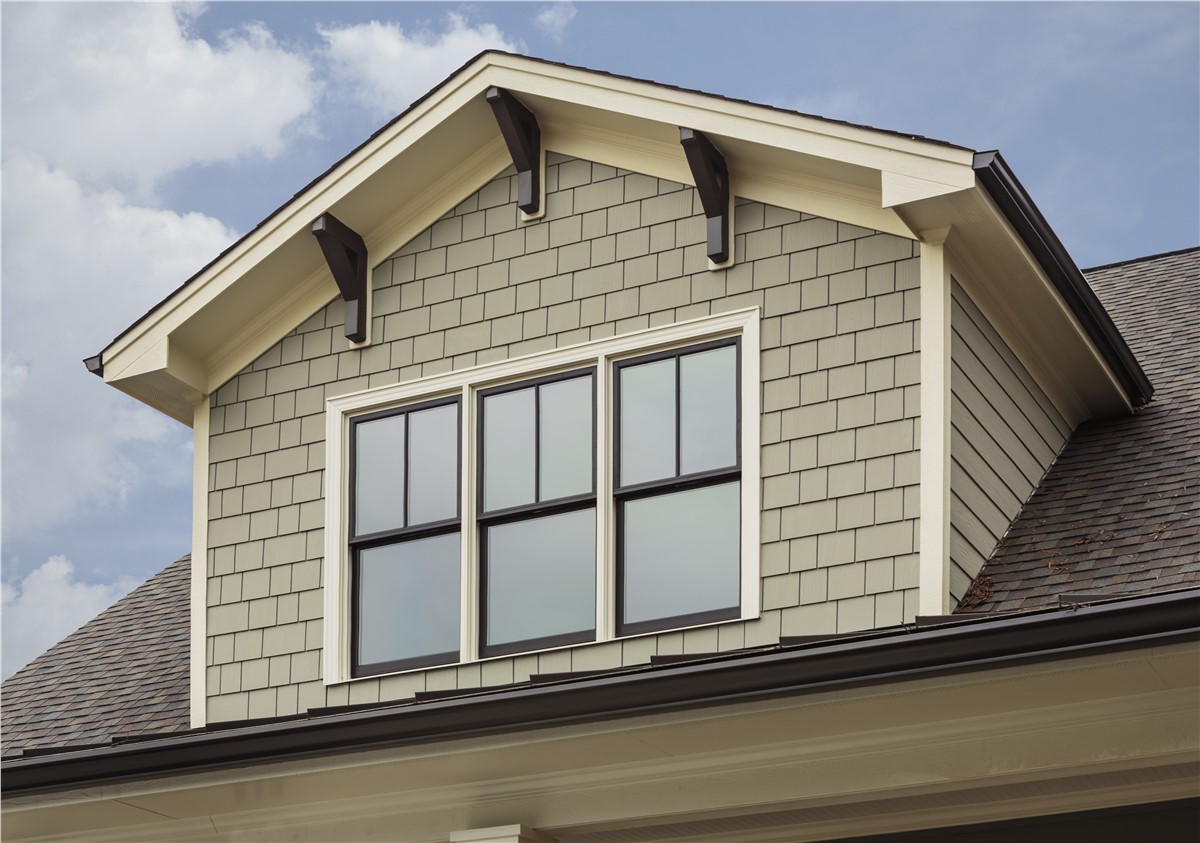
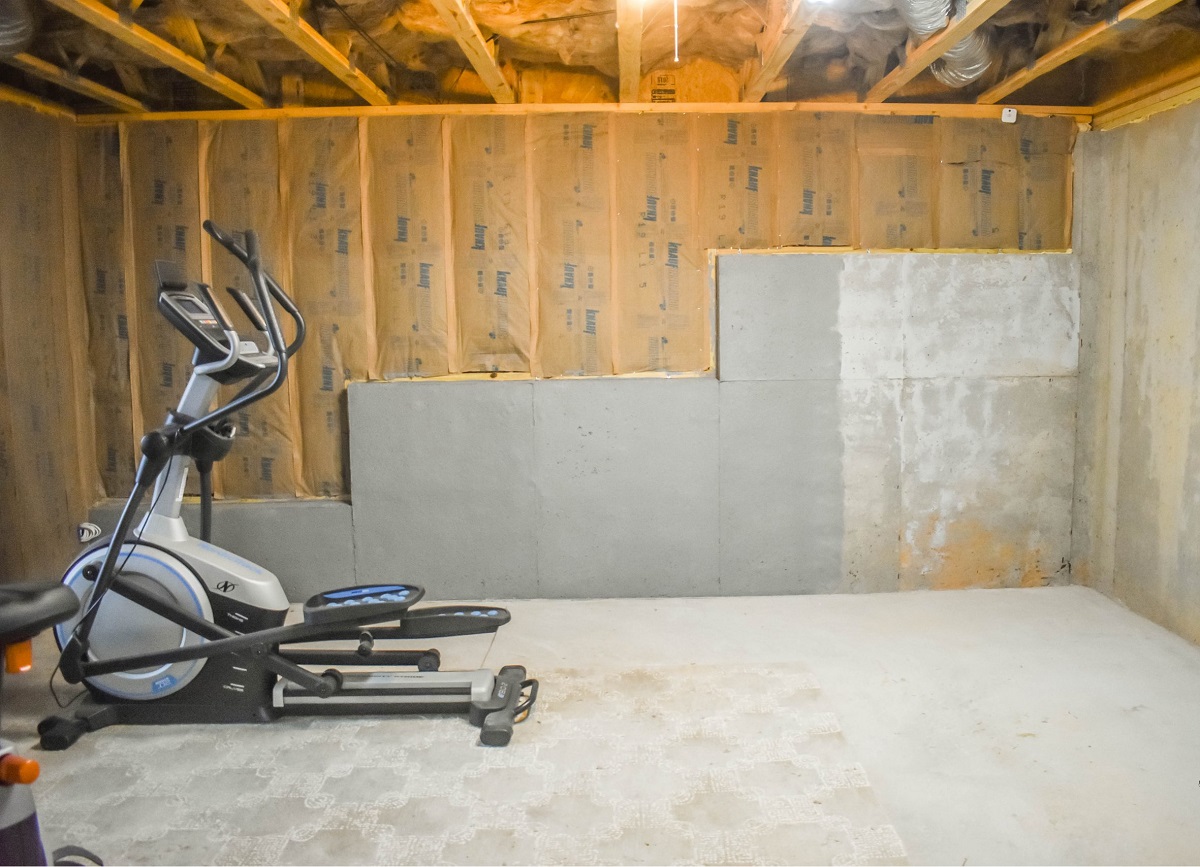
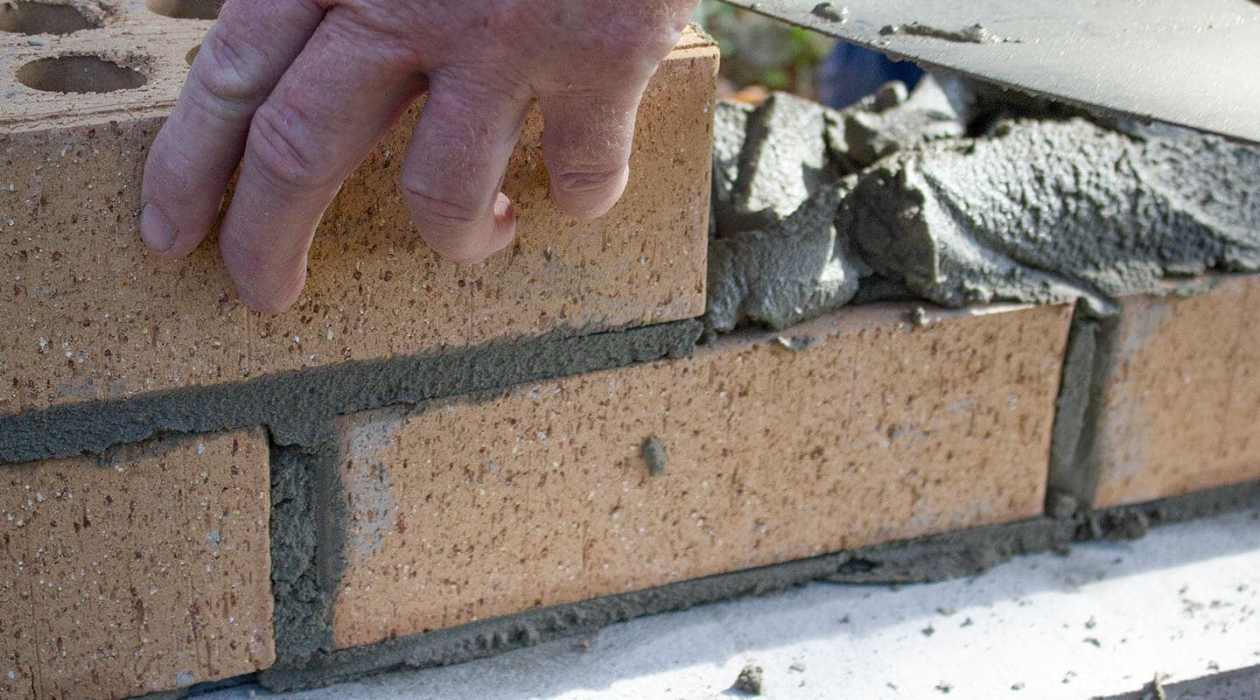
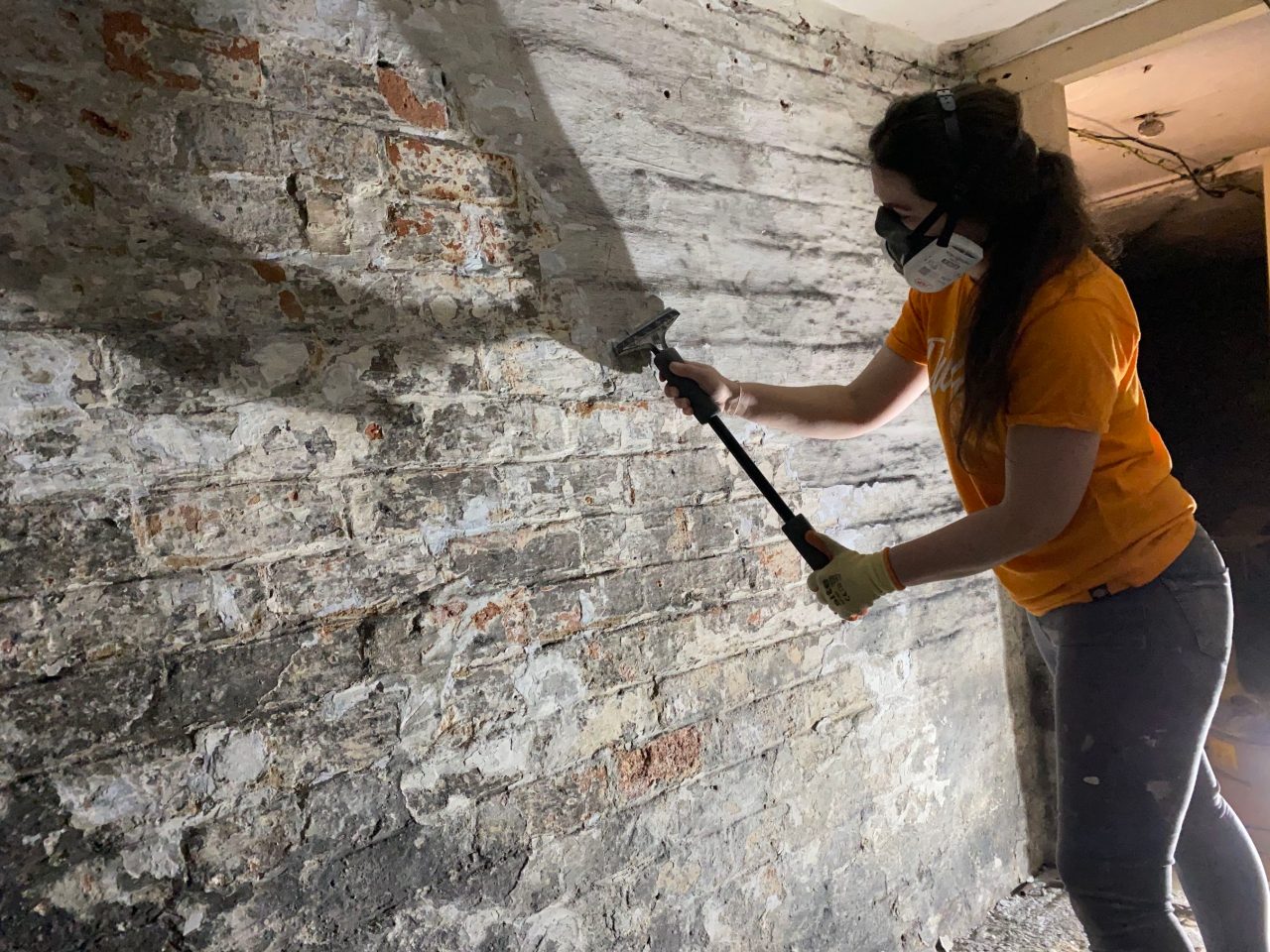
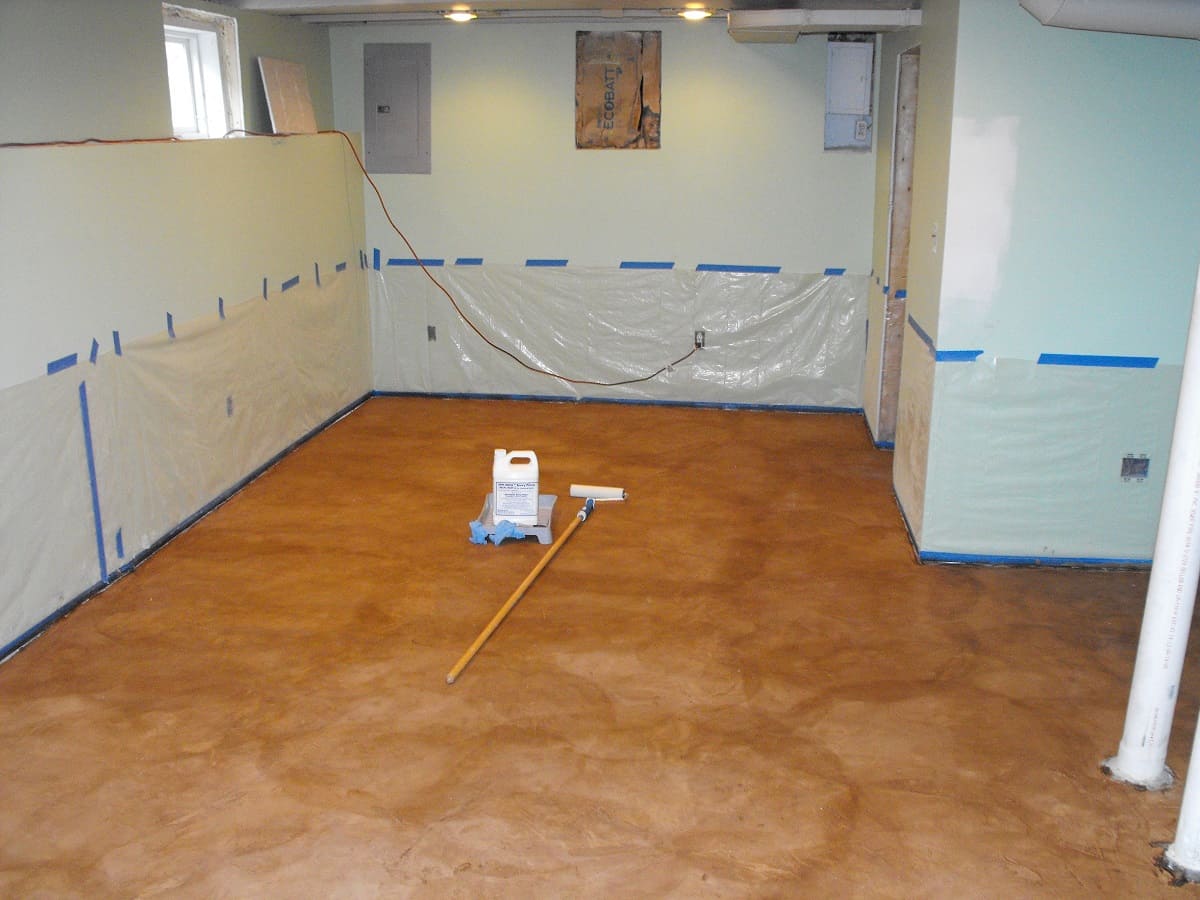
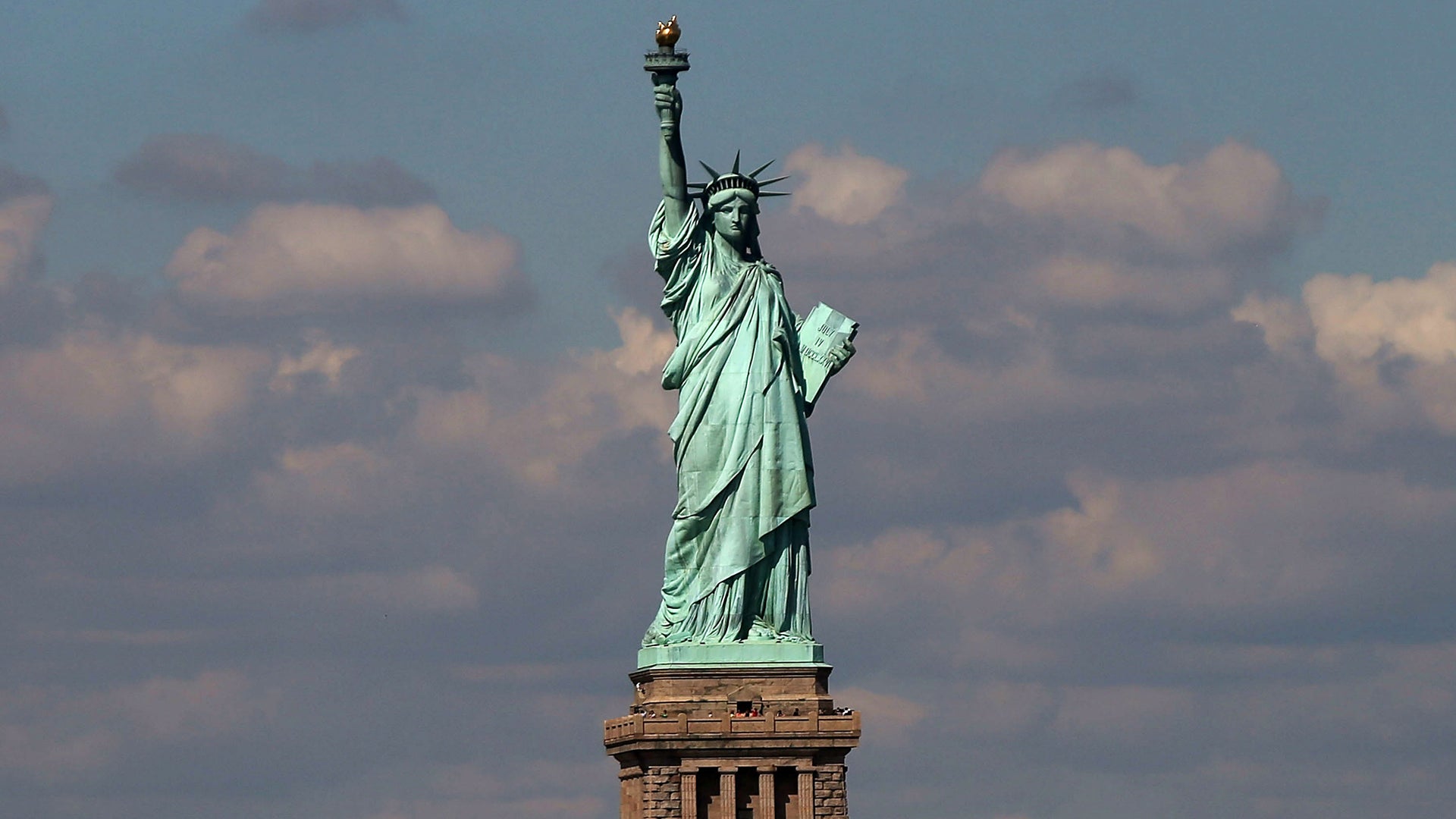

0 thoughts on “How To Repair Outdoor Cement Statues”